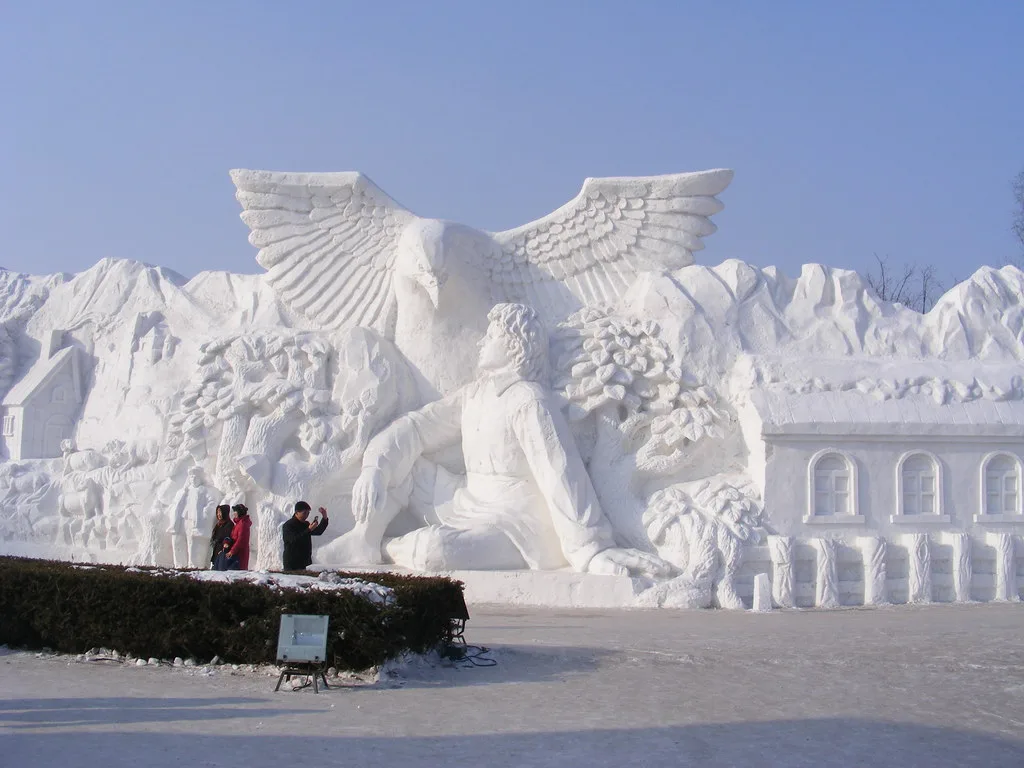Asia’s festivals are a spectacular display of culture, rich in music, dance, and drama. Each event tells a unique story, rooted in the traditions and historical journeys of its people. This guide takes you through some of Asia’s most vibrant festivals, where the celebration of art forms provides an immersive experience into the continent’s diverse cultural landscape.
1. Diwali – India

Time of Year: October or November (varies according to the lunar calendar)
Diwali, the Festival of Lights, is one of India’s most important and colorful festivals. It is celebrated with fireworks, the lighting of clay lamps to symbolize the victory of light over darkness, and elaborate dances and music performances. Each region in India offers a different flavor of celebration, making Diwali a multifaceted festival showcasing a variety of traditional arts.
2. Harbin International Ice and Snow Sculpture Festival – China

Time of Year: January to February
The Harbin Festival is the largest ice and snow festival in the world. Visitors can expect to see large-scale ice sculptures illuminated with LED lights and a variety of performances including ice ballets and operas, combining traditional Chinese storytelling with a magical winter setting.
3. Thaipusam – Malaysia

Time of Year: January or February
Thaipusam is a Tamil festival celebrated mostly in Malaysia and Singapore, notable for its colorful processions and performances. Devotees carry kavadis (burdens) and pierce their bodies as acts of devotion, accompanied by drummers and dancers, creating a dynamic and intense atmosphere.
4. Bali Arts Festival – Indonesia

Time of Year: June to July
This month-long festival in Bali showcases the island’s artistic wealth. It features daily performances, handicraft exhibitions, and cultural activities that bring to life the traditional dances, music, and drama of Indonesia. The festival is a feast for the senses, with elaborate costumes and intricate performances.
5. Gion Matsuri – Japan

Time of Year: July
The Gion Matsuri in Kyoto is famous for its grand parade of floats, traditional music, and performing arts. This historic festival originated as a religious ceremony to appease the gods during an epidemic. Today, it serves as a display of Kyoto’s craftsmanship and community spirit, with performances held throughout the month.
Conclusion
Experiencing these festivals provides more than just entertainment; it offers a deep insight into the cultural heart of Asia. Through music, dance, and drama, visitors can engage with stories and traditions that have shaped the identities of these communities for centuries.